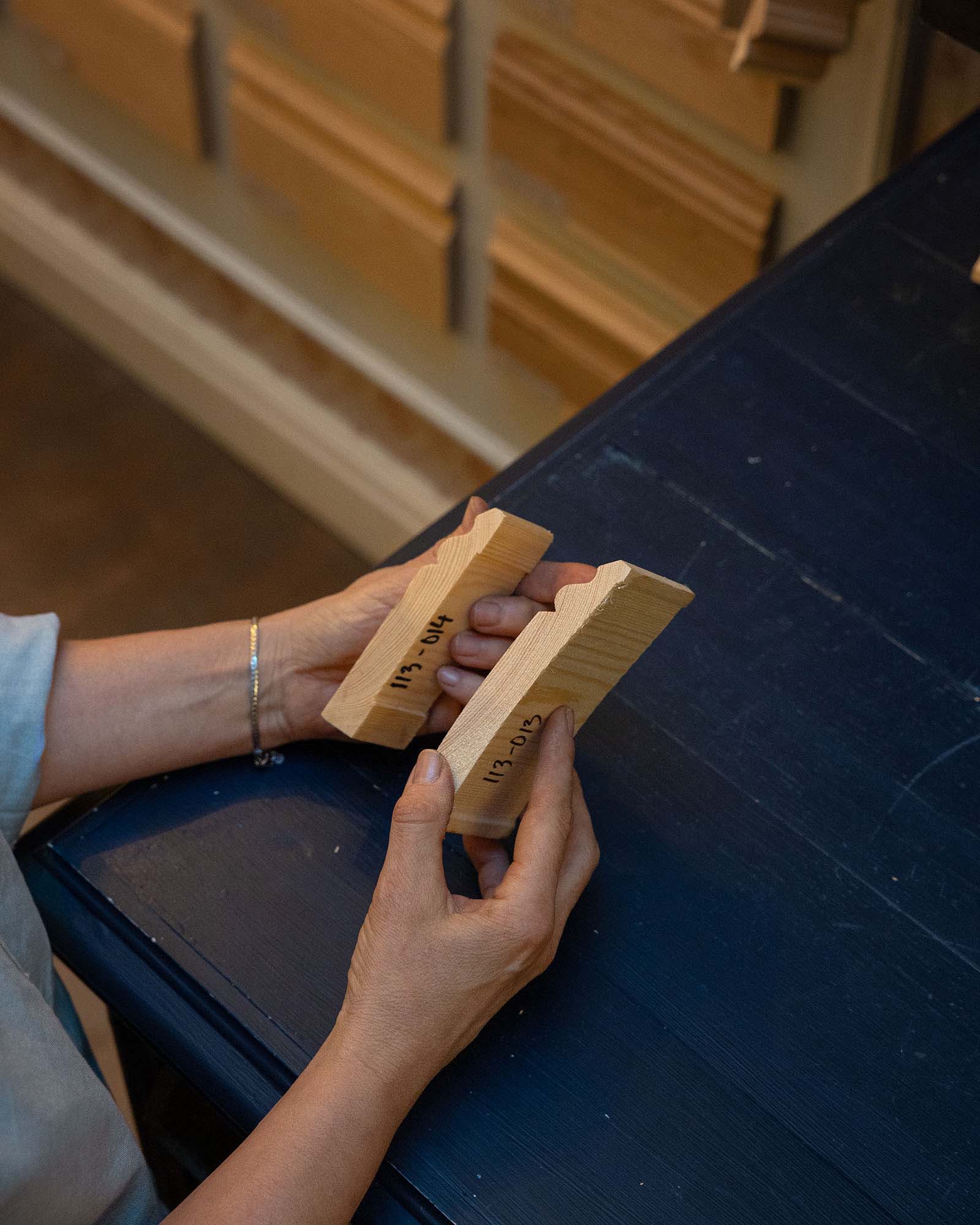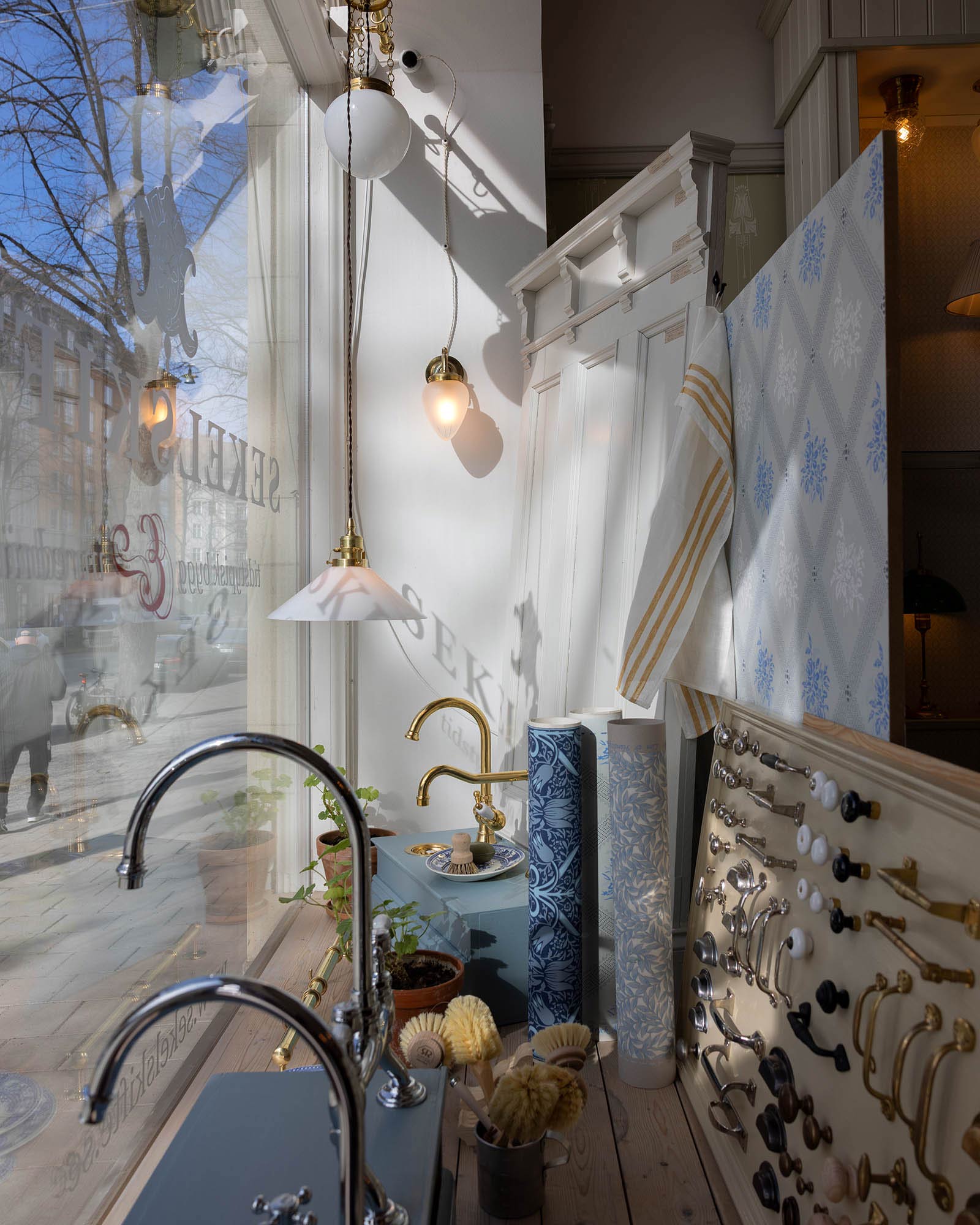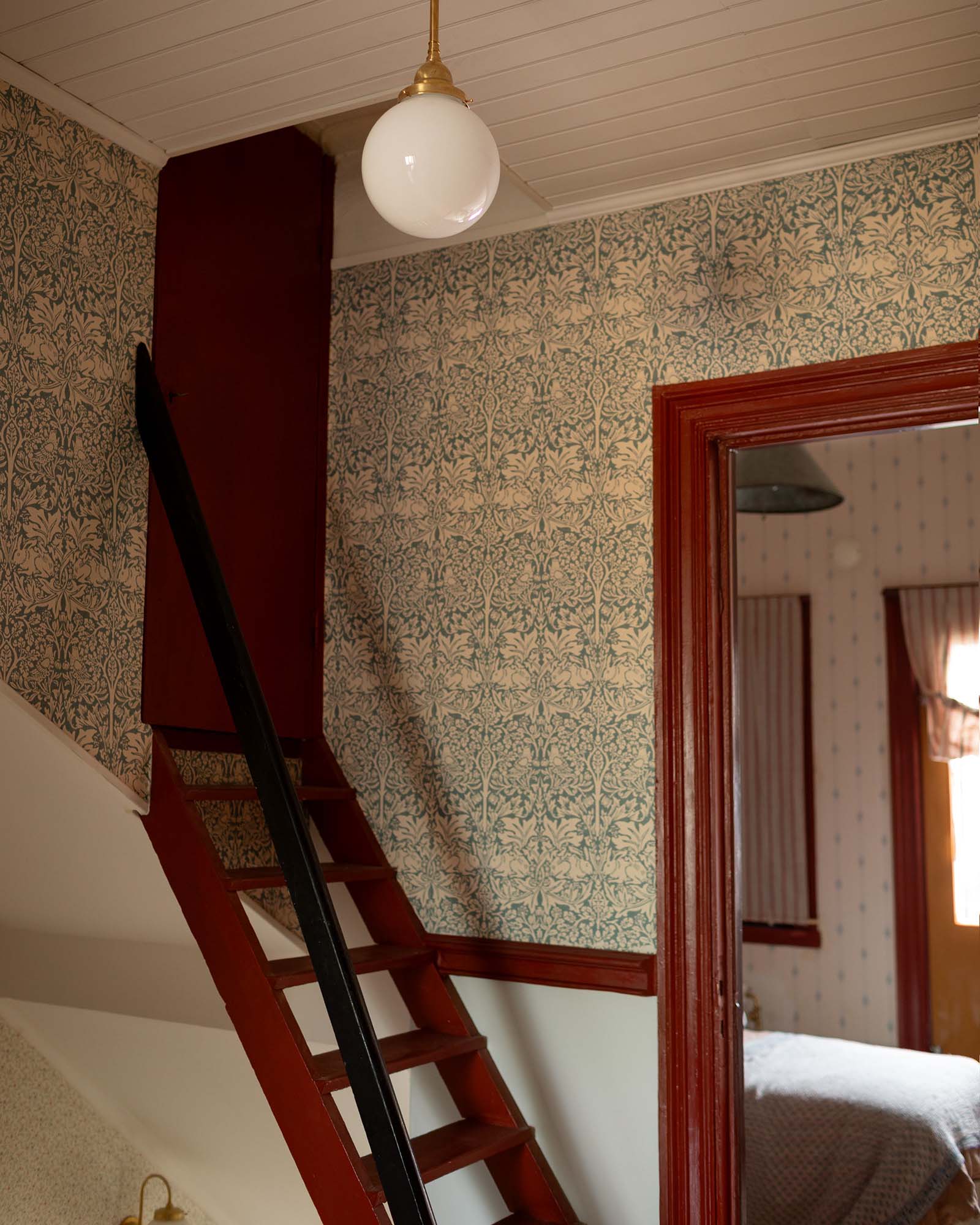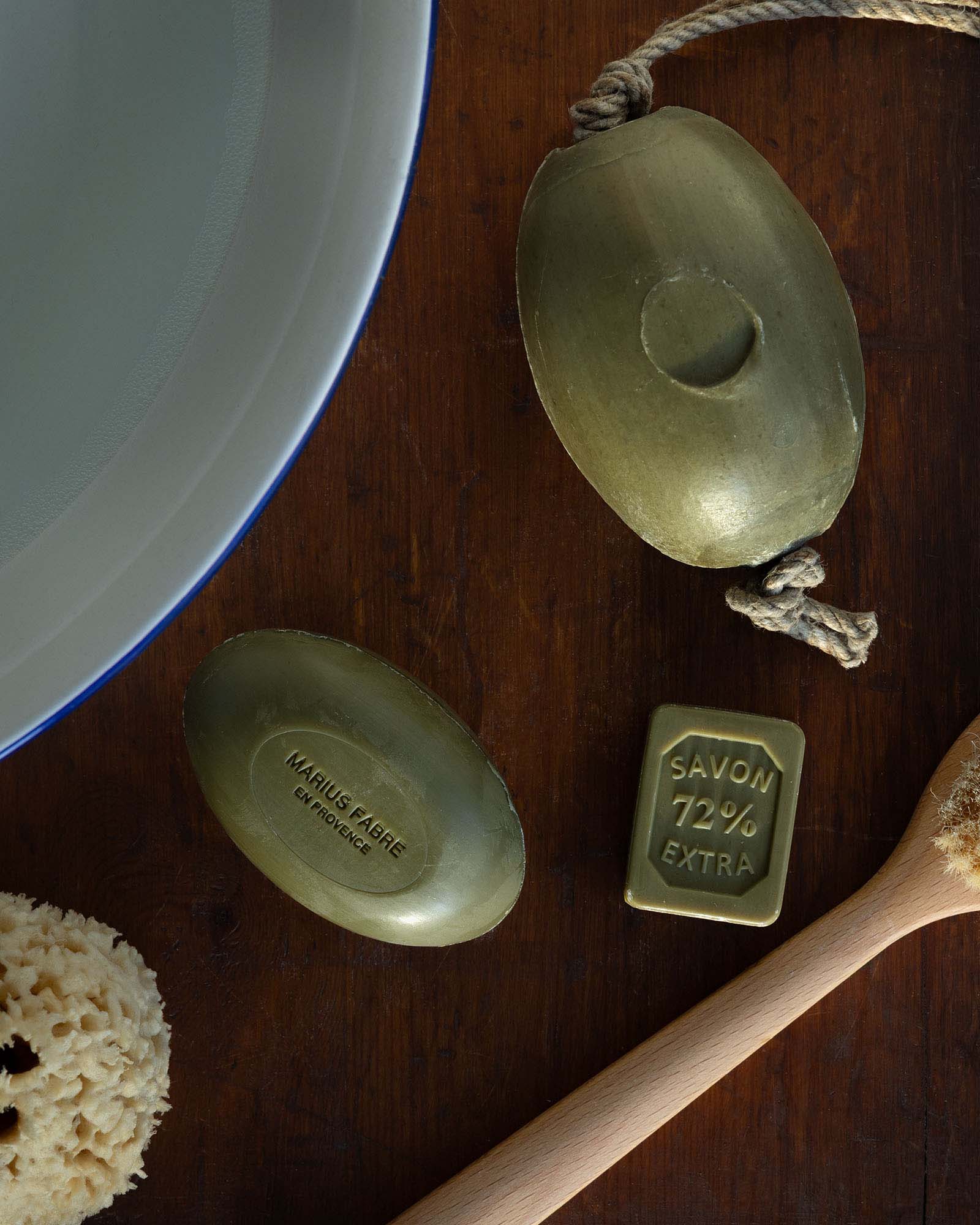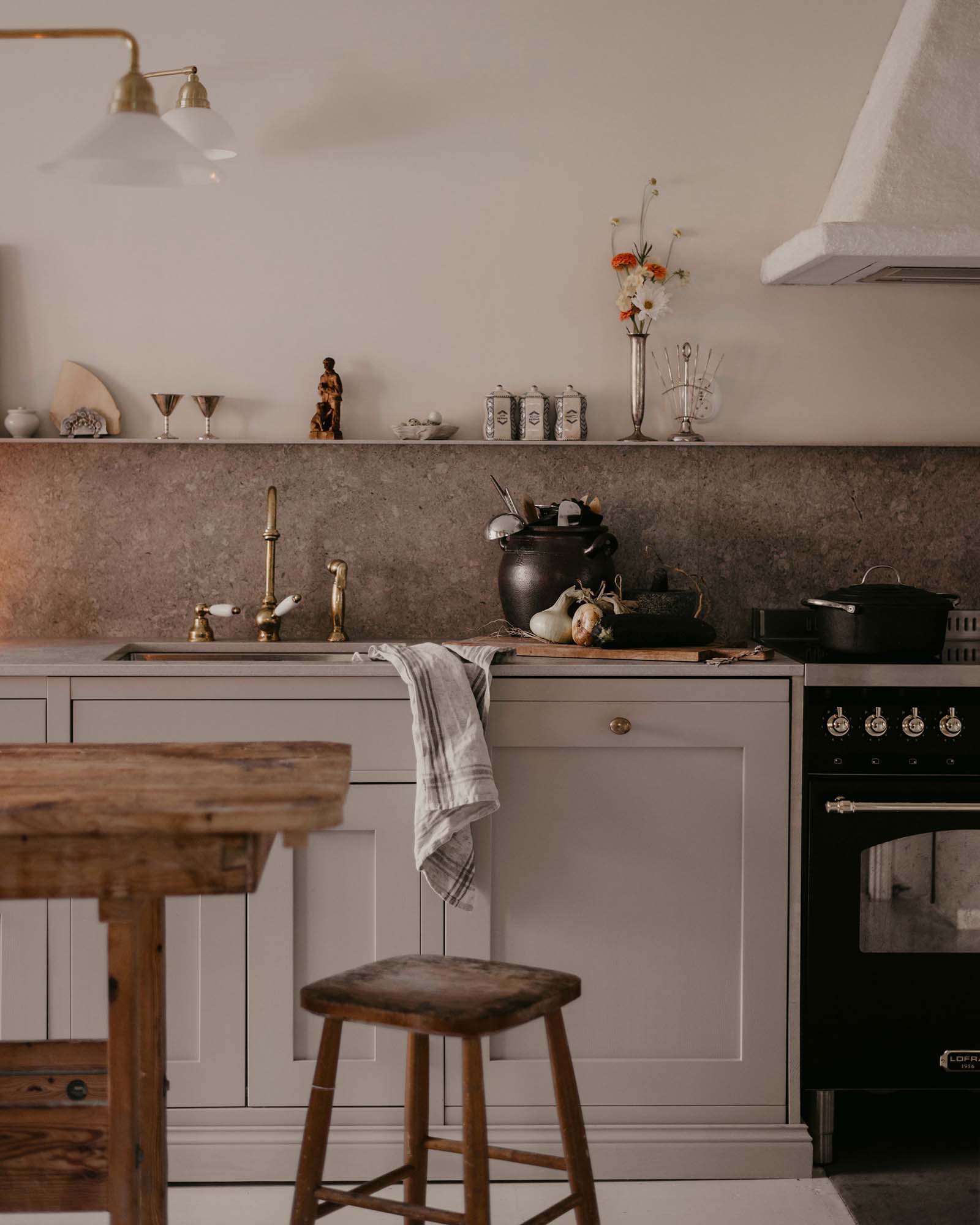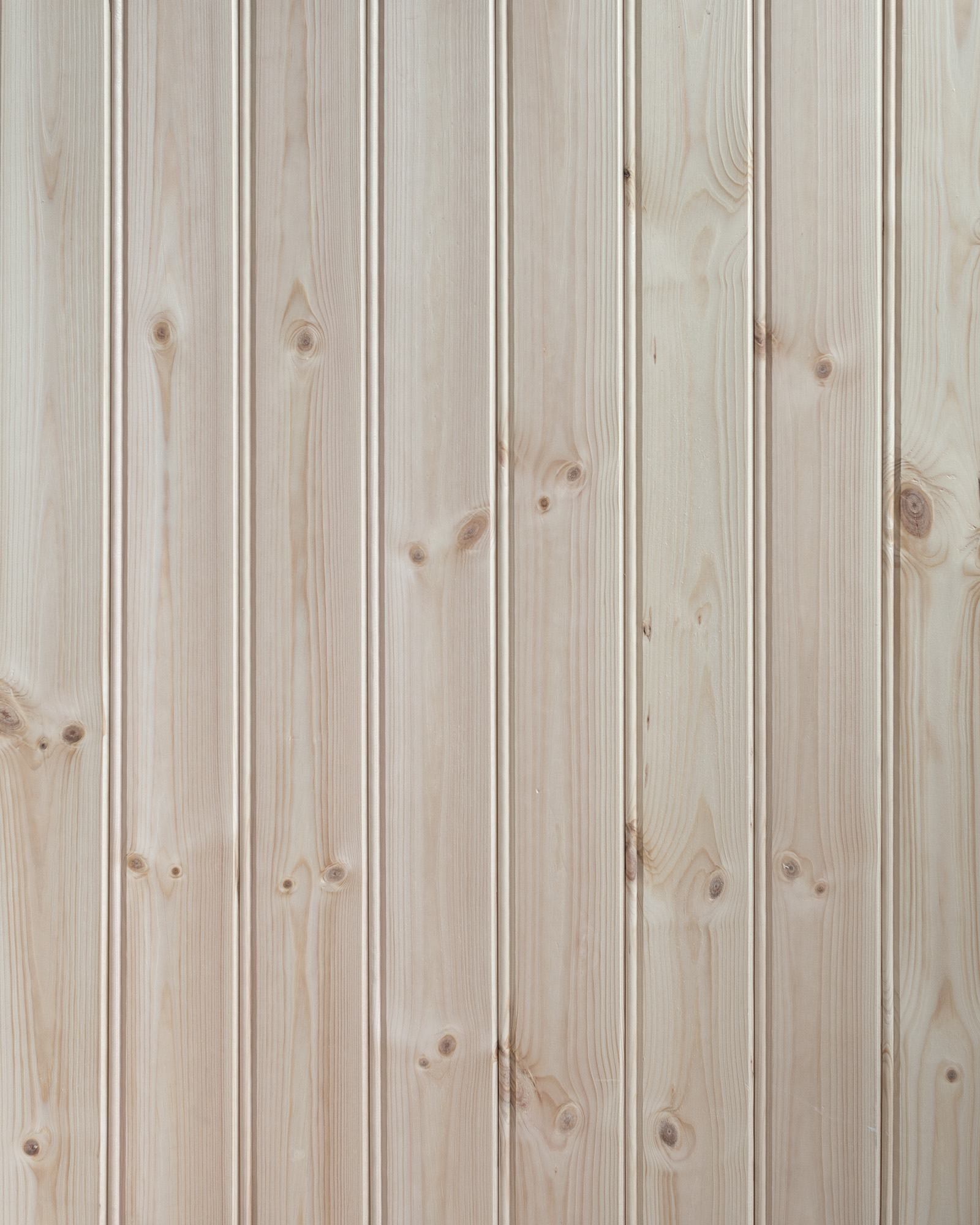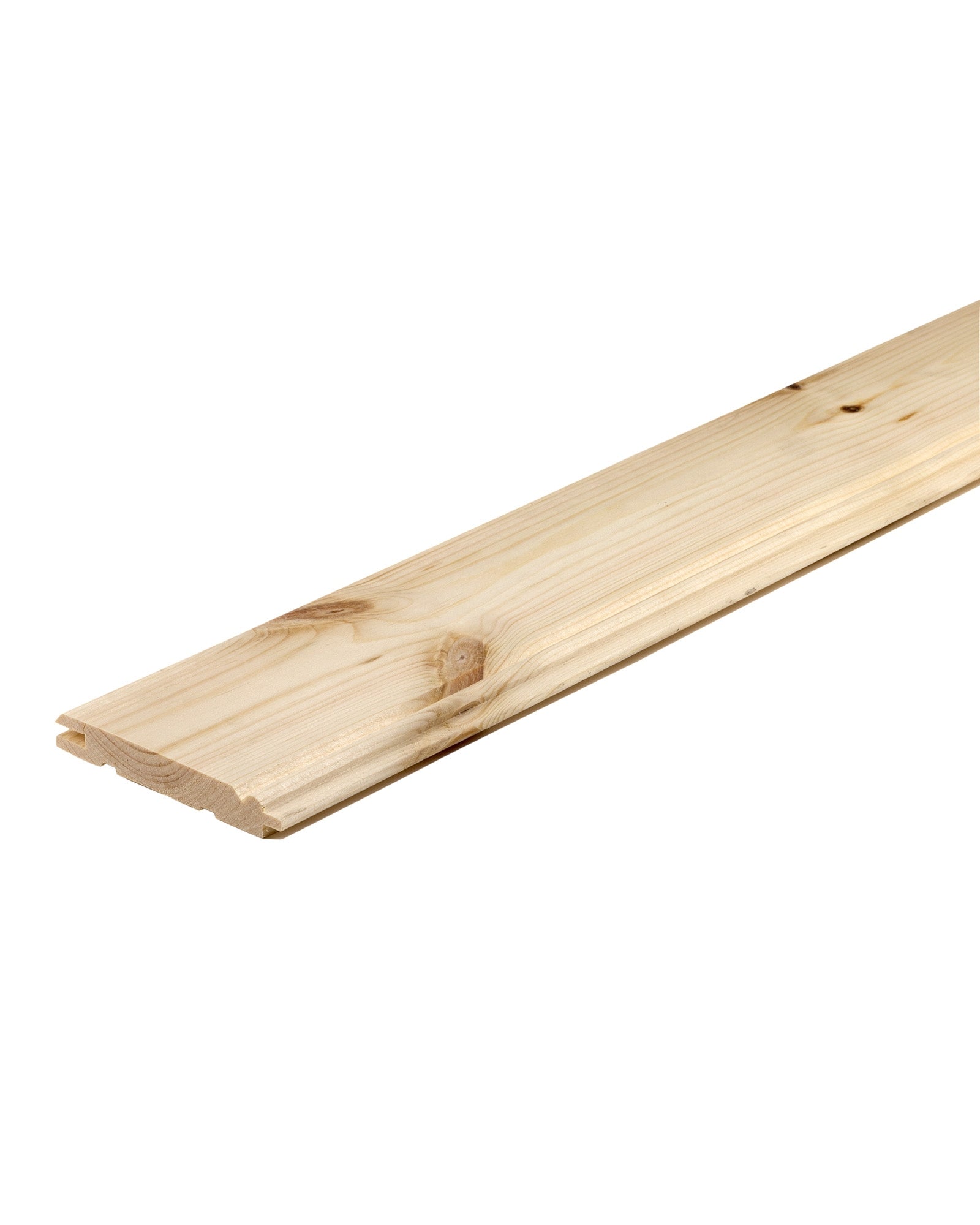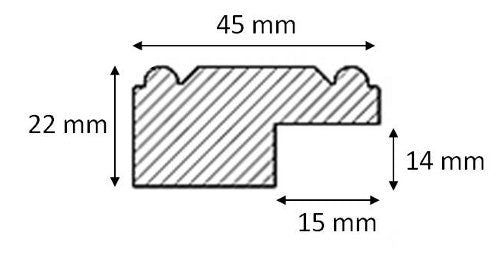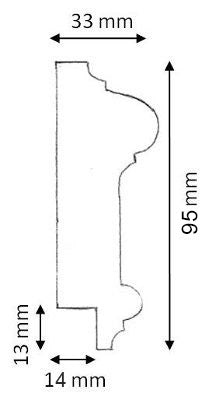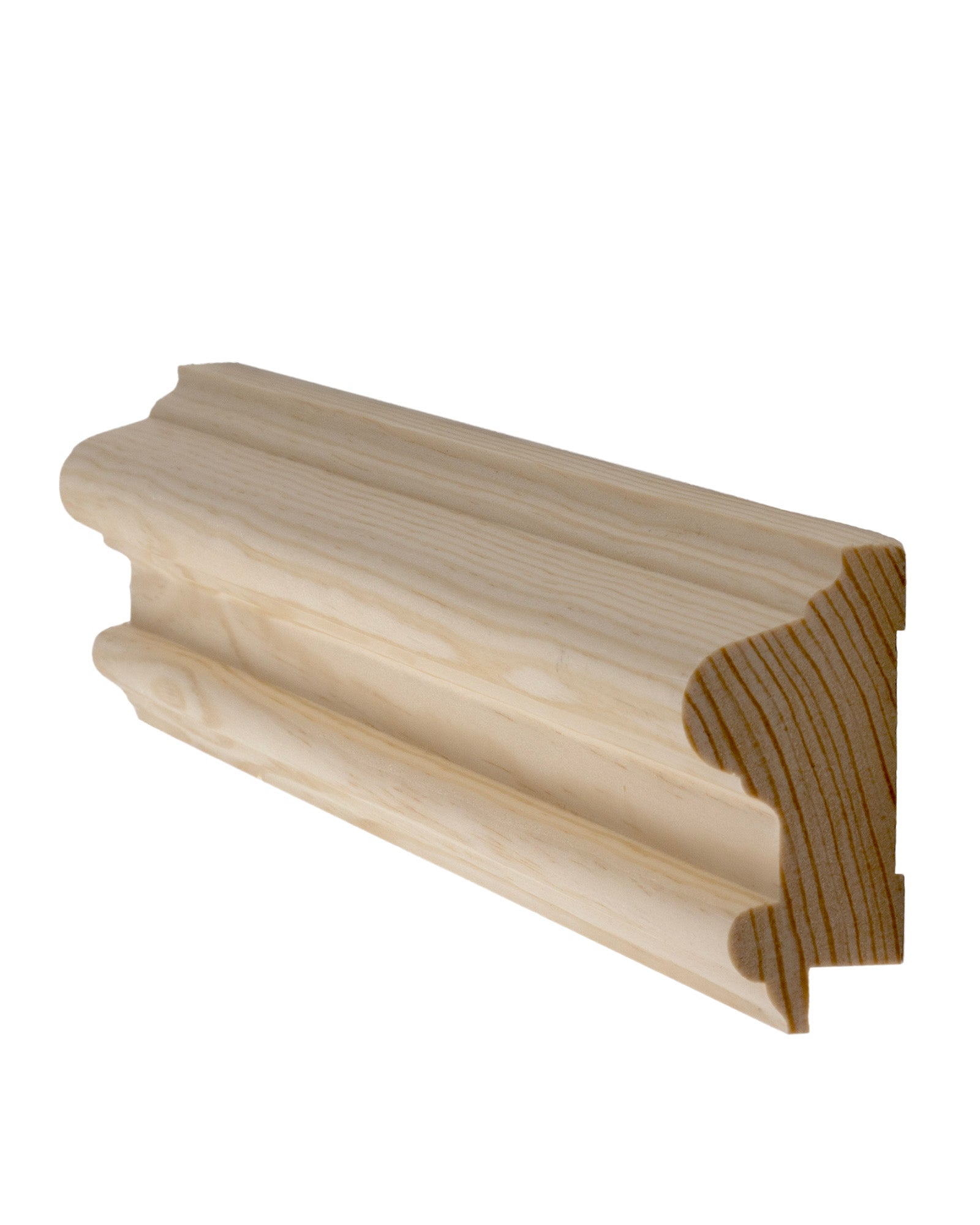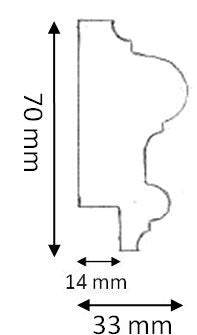Beadboard was introduced as early as the 19th century and quickly became popular, especially in villas. This beautiful paneling can be used for everything from ceilings and interior walls to chests or above the sink.
What sets beadboard apart from regular wood paneling is its raised bead. This rounded edge on one side of the board runs along its entire length. It is said that the bead's purpose is to cast a small shadow over any gaps that may occur when the wood expands or contracts, making them less visible.
Beadboard is typically attached with 50 mm nails and can be painted, varnished, or left as is.
One rule of thumb for dating beadboard is to look at the width of the boards. Early beadboard from the 19th century was wider (about 120 mm) and more substantial than the thinner and narrower boards of the 20th century.
In our range, you will find beadboard in various widths, made from slow-grown Swedish pine from Norrland. Our traditional beadboard is sold in packages of 8 untreated boards. Each width is available in different board lengths (3.3 to 4.5 meters). Take a look at our selection and don't hesitate to contact us if you have any questions about the product.
Image 1: @patricarodi
Image 2: Villa outside Oslo
Image 3: @entravilla
Image 4: @johannabraford




























































































